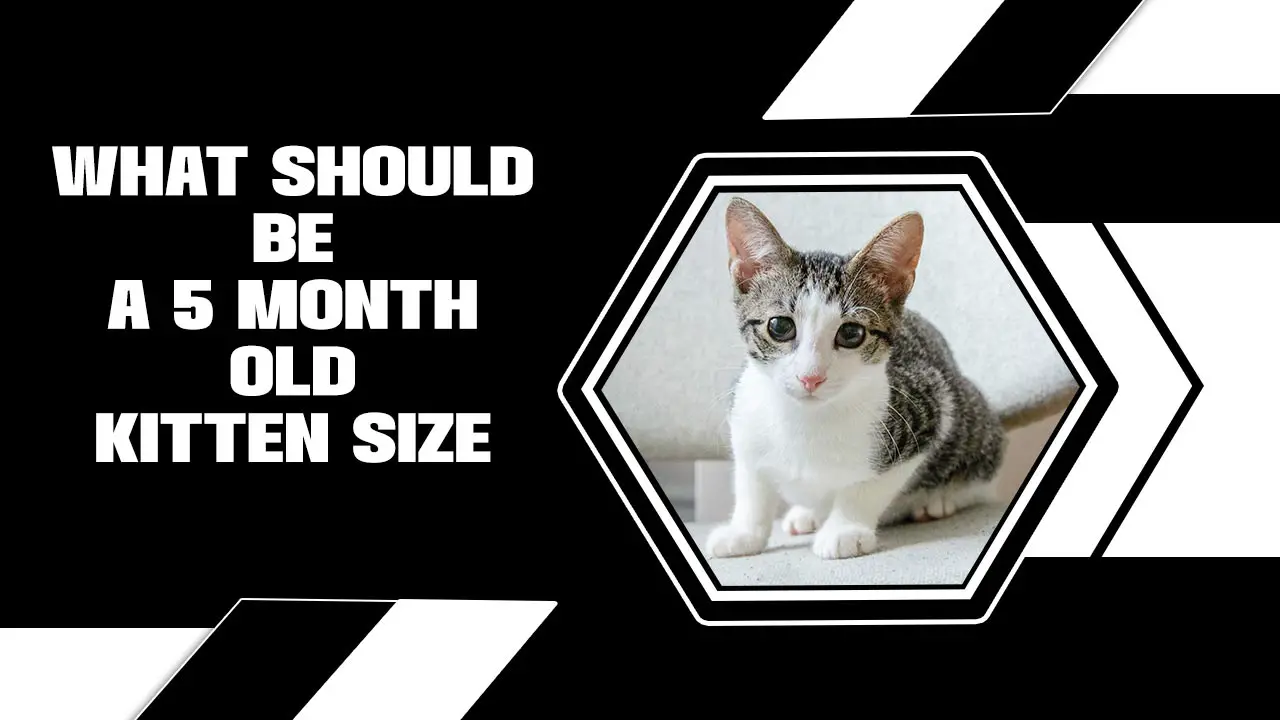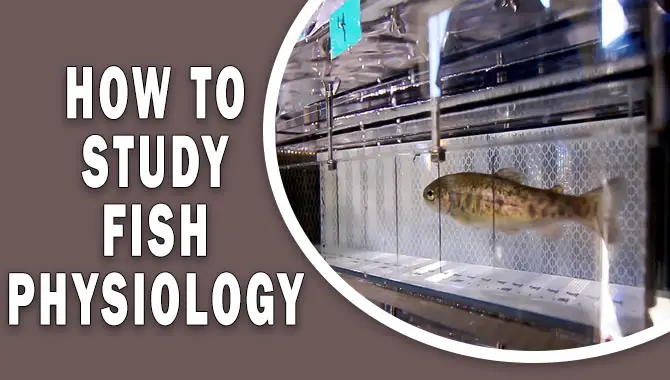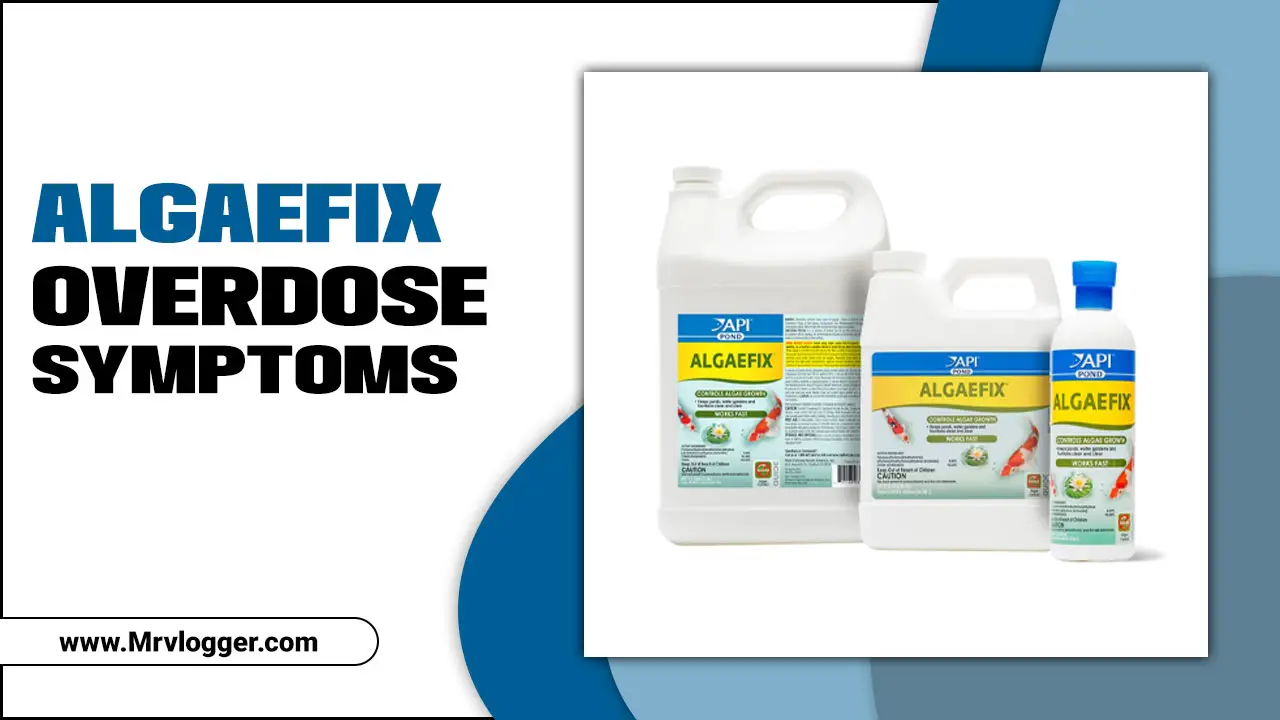Obesity is a serious issue for axolotls, as it can lead to various health problems and reduce their lifespan. Providing more opportunities for exercise and ensuring they eat a balanced and nutritious diet.
It is also important to monitor your axolotl’s weight regularly and seek veterinary care if you notice any changes in their health or behaviour. You can help your axolotl maintain a healthy weight and live a long and happy life with proper care and attention.
An axolotl is a strange but endearing amphibian that lives in the Mexican rainforest. Also known as “Mexican walking fish” or “water wolf,” axolotls are found in the wild only in Mexico. The animals are popular with animal lovers and scientists for their ability to regenerate their limbs after amputation.

Obese Axolotl Diet

Axolotls are nocturnal amphibians that live in the rainforest. They typically hunt at night, although it is thought that they may leave their water source to eat small amounts of prey during daylight hours.
Hunting behaviour includes stabbing at bits of rotting vegetation with bony structures on their tail called “fleshy appendages” or feeling through loose rubble using the sensitive feelers around their mouths known as “amphids”.
The axolotl has extremely long tongues to feel things with them. Axolotls are carnivorous and eat currents, earthworms, insects, freshwater crustaceans, snails, slugs or pieces of rotting fruit.
They do not have teeth, but the ridges along their jaw are very sensitive to touch to help them bite. Depending on whether it’s a worm or something larger found in ponds during drought. The axolotl has a fourth chamber behind the jaw and contains a specialized respiratory gill attached to a small lung.
This “respiratory” gill helps axolotls keep an even temperature. At the same time, they are submerged in water, which is very important for them during dry seasons because of their limited ability to bask on land when it gets hot.
Obese Axolotl Husbandry

Axolotls need a double tank with a filter, heater and substrate. This is important because axolotl tanks should be completely submerged to keep the animal from drying out more easily. Daytime temperature needs to be between 83 and 100 degrees F.
Even though they are freshwater salamanders, axolotls do not respire through gills as amphibians normally do but have lungs that can hold water on land and in the water. They often lay their eggs in couples on the bottom layer of the substrate to complete an aquatic egg cluster like fish hatchlings do when they are born into fresh or brackish waters.
The colour is usually vague, with mysterious markings that may be brown, notably fading over time; sometimes, yellow-black striped patterns appear along the sides of the orange belly. However, this will not always appear, so it can even look black at some point due to moulting.
As noted above, axolotls are often easily kept; however, some substrates will not cause this moult phenomenon. Once they reach a certain age or pair, they will finally become relatively constant in colours. Still, it is not known how many of these off-colours there are any less,s. It does seem to be more common among males than females.
The eggs usually hatch into aquatic larvae that swim around erratically until metamorphosing into axolotls and continue to do so while they still look like larvae. The maturation period spans approximately 3 months and goes till the young adult ages around 5-7 years old before finally reaching maturity, where it will be capable of breeding normally.
Obese Axolotl Pregnancy

Axolotls are not aquatic mammals like most other amphibians; their tissues should be able to tolerate surface water. That said, the animal will still breathe enough air that it should normally produce 1 or 2 babies around mid/late spring into summer, depending on where you live and how hardy your axolotl is.
If they die about 10 days before hatching, these eggs may intervene though the milt of this dead animal will help them hatch; the process is slower than if they had gone through this along with normal hatching.
Life Cycle
Axolotls are oviparous, meaning the eggs they lay will hatch into larvae that don’t need to undergo metamorphosis until later. The gestation period usually lasts 18-20 weeks, though sometimes lengths may be up to 39 weeks, with some strains being known for being able since birth.
So it can take half a year to become juveniles themselves. Both sexes do mating, but only females do any of the childbearing, and it is unknown why this is so.
Common Diseases

Obesity is a common issue among axolotls, leading to various health problems. One such issue is fatty liver disease, which occurs when excess fat accumulates in the liver, causing inflammation and damage to the organ.
This can lead to liver failure if left untreated. Another common disease in obese axolotls is respiratory distress syndrome, which can make it difficult for them to breathe properly. This can be caused by the excess weight putting pressure on their lungs and airways.
Additionally, obese axolotls may be more prone to infections and skin irritations due to limited mobility and poor hygiene. It is important to monitor your axolotl’s weight and prevent obesity to avoid these potential health issues.
What Does A Healthy Axolotl Look Like?
Axolotls are fascinating creatures that can teach us a lot about health and disease in our species. As a first-time axolotl owner, keeping your axolotl healthy is important by providing plenty of clean water and regular feedings with high-quality food. Check their body weight and look for signs of inflammation or damage to their eyes and spinal cord.
A healthy axolotl should have a body weight of 1-2 g and be at least 10 cm long. Their eyes and spinal cord should also be healthy, which can be determined by looking for signs of inflammation or damage.
How Much Do Axolotls Weigh?

Axolotls are not typically known for being obese but for their unique appearance and regenerative abilities. However, it is still important to understand the typical weight range for these amphibians. Adult axolotls can weigh anywhere from 200-500 grams, with males generally larger than females.
It is important to monitor your axolotl’s weight and ensure they maintain a healthy diet and lifestyle. Obesity can lead to a variety of health issues and can shorten an axolotl’s lifespan. So providing them with a balanced diet and regular exercise is important. If you have concerns about your axolotl’s weight or health, consult a veterinarian specializing in exotic animals.
Axolotl Is Due A Big Poop:

If you’re curious about the axolotl, you’re in for a treat! These fascinating amphibians are due for a big poop – and what better way to learn about it than by watching it happen? Axolotl’s big poops play an important role in their aquatic life cycle. When the axolotl gets too heavy, it expels its excess weight by defecating into specially designed water tanks.
The poop helps fertilize the tank and keep everything balanced – including the axolotl itself! So be sure to give these fascinating amphibians a good clean-up when you see them doing their thing – it will be worth it!
Sexual Maturity In Females:
Like most people, you probably have a few preconceived notions about obese axolotls. For example, you might think they’re slow or stupid because of their weight. However, the axolotl is a fascinating study species for understanding sexual maturity. In females, sexual maturity typically occurs around age 2; in males, it typically doesn’t develop until age 4 or 5. This lack of knowledge about their reproductive development has resulted in various myths and misconceptions about obesity in axolotls.
However, thanks to the axolotl’s unique gonads. We can learn much about their reproductive development, which grows in both sexes simultaneously. By better understanding this process, we can also improve our treatments for obesity in humans. So next time you think about axolotls with obesity, remember that they’re just like any other animal – with their quirks and mysteries.
Conclusion
When owning an axolotl, proper care and attention are essential for their health and well-being. This is especially important when dealing with an obese axolotl. As discussed in this blog, many factors can contribute to an axolotl becoming overweight, including diet, tank size, and activity level.
Owners need to be aware of these factors and take the necessary steps to ensure their axolotl stays healthy and at a healthy weight. By providing a balanced diet, adequate space, and opportunities for exercise, you can help your axolotl live a happy and healthy life. To learn more about properly caring for an obese axolotl, check out our other resources.
Axolotls are fascinating creatures, and their weight and size can be confusing. This blog have provide a simple overview of axolotls and their weight and some interesting facts about their sexual maturity. We hope that was of help and that you will continue to visit our website for more informative content about amphibians and other creatures.
Frequently Asked Questions
When Are Axolotls Most Active?
You can expect to see an axolotl after voluntarily putting it in the sun between 10 am-3 pm, but this is not always true. You may be able to spot one out of their burrows foraging during the day or even sometimes spotted feeding on dead fish.
Can Axolotls Be Obese?
Yes, axolotls can become obese if they are overfed or not given enough exercise. Obesity in axolotls can lead to health problems such as fatty liver disease, difficulty swimming, and decreased lifespan. To prevent obesity in your axolotl, it is important to feed them a balanced diet and monitor their food intake. Avoid overfeeding them or giving them high-calorie treats.
How Can We Help Reduce The Number Of Obese Axolotls In Our Communities?
We can do a few things to help reduce the number of obese axolotls.
1.Lobby our local and state governments to pass legislation restricting large animals from being kept as pets. This will help to reduce the number of overweight axolotls in our communities.
2.Educate people about the impact that excess weight has on amphibians. We can talk to family and friends about the importance of being mindful of how their actions impact our environment and the creatures that live within it.
3.Work with other animal welfare organizations to raise awareness about the issue and fight for change.
Do Obese Axolotls Have Any Health Problems That We Should Be Concerned About?
Obesity in axolotls is a growing concern among pet owners, but do obese axolotls have any health problems that we should be concerned about? The answer is yes. Obesity can lead to various axolotl health issues, including decreased mobility, respiratory problems, and organ damage. It can also increase the risk of infections and make it more difficult for axolotls to heal from injuries or illnesses.
What Is An Obese Axolotl, And Why Are They Becoming So Common In The United States?
A popular reason we see an increase in obesity in axolotls is their high consumption of food consisting mainly of water with added salt. This high intake of water and salt results in obesity in the axolotl. Additionally, their cool, calm temperament and ability to regenerate lost body parts make them a great choice for citizens in colder climates.

Aquarium passion is all about connecting with the aquatic life and providing education to the public on the importance of these creatures. We showcase a wide variety of marine life through our exhibits as well as working with schools to provide unique learning opportunities for students of all ages.









